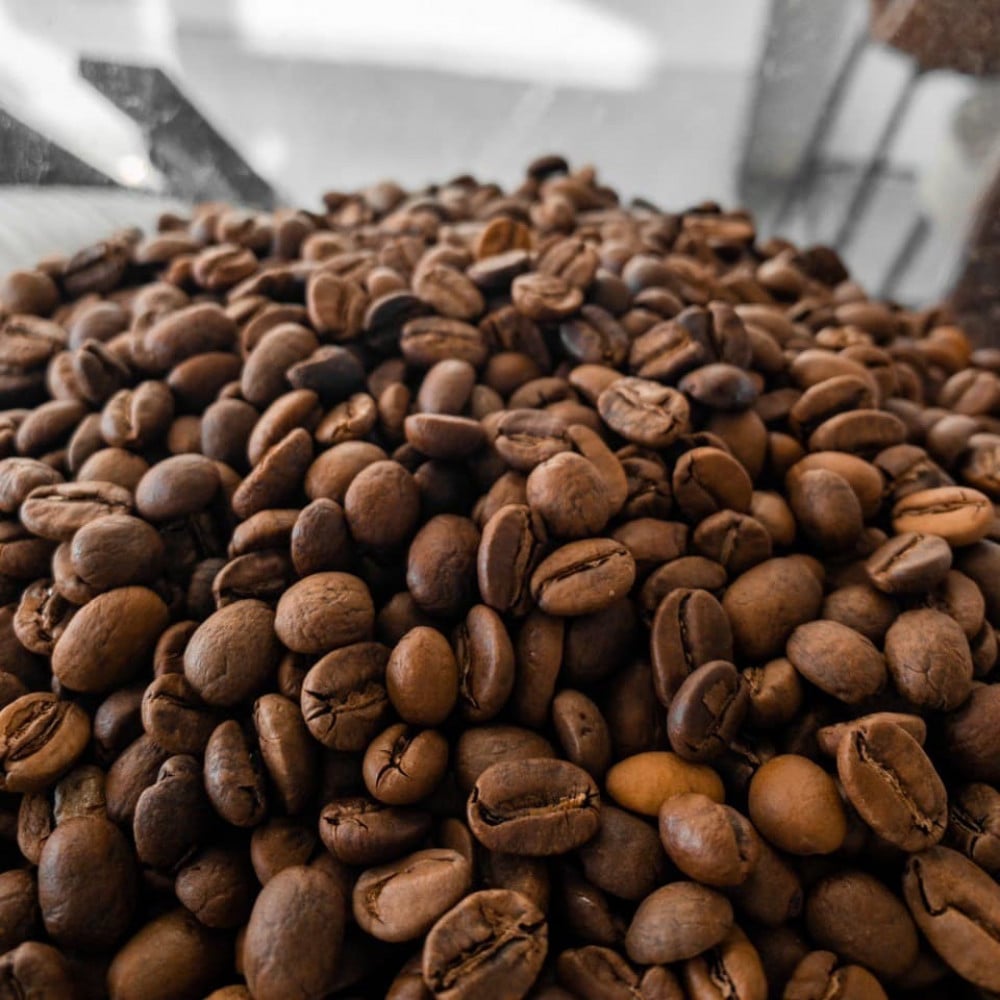
Coffee Journey
When we sit down to drink a cup of coffee and enjoy its taste, we think about the long journey those beans have taken to reach our cup. However, the truth is that those beans have gone through many stages before they are ready to be ground and prepared.
Coffee fruit:
The coffee beans used in coffee come inside a cherry-like fruit called a coffee cherry. Each cherry usually contains two seeds, each representing a coffee bean. The coffee is covered by an outer shell that hides the seed.
Agriculture and growth:
When a farmer wants to make coffee the main crop on his farm, he must wait at least three years to get his first coffee crop.
Harvest:
Most coffee harvesting is done by hand. In some cases, specialized machines are used, but there are obstacles preventing the spread of this technology.
As for manual harvesting, it is done in one of two ways: either by picking each cherry individually or by collectively picking all the cherries on the trunk branch. Note that the first method often helps in selecting cherries that are sufficiently ripe.
Treatment:
Processing is done by drying in one of three main ways as follows:
Dried processing:
In this method, the fruit, or part of it, is left on the coffee while it dries. This results in a coffee with predominantly fruity flavors, in addition to some earthy flavors, which reduces the clarity of the cup.
Washed treatment:
The fruit is completely removed with a specialized tool, and the beans are then collected in a bath of water for washing, which removes the gelatinous liquid that sticks to the coffee. The beans are then dried on surfaces exposed to the sun. The resulting cup is less fruity than its dry-processed counterpart, but it also has fewer earthy flavors, which increases the clarity of the cup.
Honey treatment:
This is a new method that combines both schools. The fruit is removed using special tools, but not completely. A small part of the fruit remains on the coffee and is dried in this condition.
In all three cases, the coffee is dried until the moisture content of the coffee bean reaches between 10 and 12%. The coffee is then sent to silos and stored for at least 30 days. The husk is then removed from the coffee, and the coffee is sorted and graded according to quality.
Chickpeas and storage:
After the coffee is processed, it is ready for shipping. It is sent thousands of kilometers by cargo ship until it reaches the roasting location. After ensuring the coffee's quality, it is roasted in a way that highlights the qualities of that type of coffee and the unique characteristics of the place where it was grown.
After roasting, coffee should be stored away from outside air and light, and it is preferable to use it within two to thirty days from the day it was roasted.

